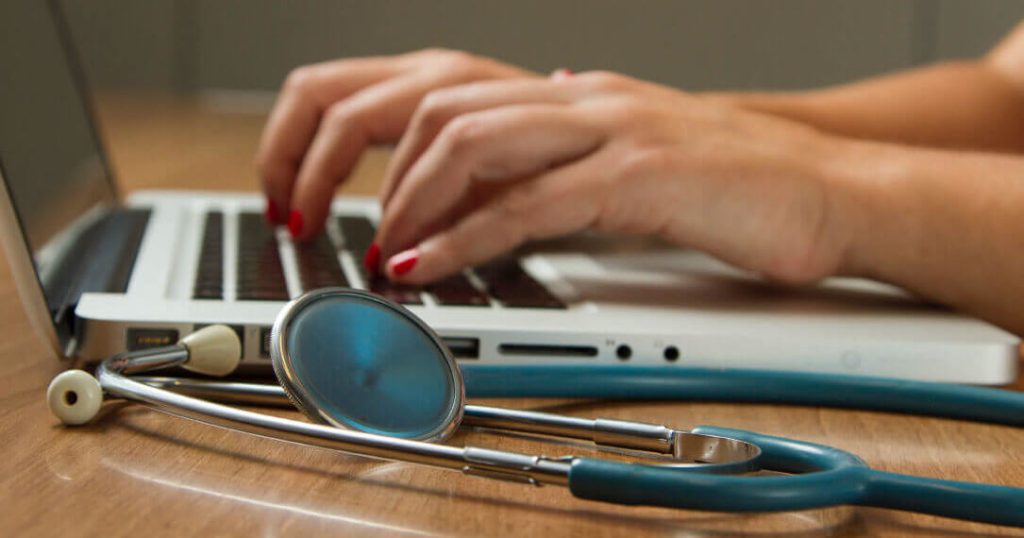The introduction of Telehealth for GPs in the unchartered waters of COVID-19

The introduction of telehealth item numbers for general practice in the midst of the COVID-19 pandemic has been widely welcomed by GPs, practices, and patients.
With the expansion on March 30, 2020, to open up telehealth for all Australians, and even add more telehealth MBS item numbers for mental health and chronic disease management – the way we are practicing is vastly different today than it was pre-2020 and the Pandemic.
So how are we all coping with these changes?
While there are some GPs amongst us who are comfortable and familiar with phone triage, for example, rural GPs or those that used to, or still do, their own after-hours cover. But for a large number of GPs and especially GP Registrars, this is new territory. And for Registrars, how is this changing the model of supervision? What if your Primary Supervisor is in isolation or has chosen to work from home? What if a Registrar gets exposed or unwell and has to self-isolate for 7 days – what impact does this have on leave allowances?
There were many unchartered waters at the beginning of the COVID Pandemic and new questions may continue to arise.
Regional Training Providers are an excellent first port of call with any questions or concerns that you may have. Both Colleges have put out frequently asked questions regarding the impact of COVID-19 on GP education and training, these can be found here:
- ACRRM training program advice re: COVID-19
- RACGP Program Advice COVID-19 impacts on GP education and training – FAQs
- Coronavirus (COVID-19) information for GPs
The RACGP has developed a “Guide to providing telephone and video consultations in general practice” aimed at GPs and the broader practice team, to help them navigate these new systems while still delivering safe and effective patient care.
A systematic review “Clinician behaviors in telehealthcare delivery” in 2017 by Henry et al. looked to identify interpersonal health care provider behaviour and attributes and how these related to provider-patient iterations during care in telehealth delivery. What they found was that in telehealth consultations:
- There was less small talk before the reason for the encounter.
- The consults were less patient-centered, and more driven by the provider.
- Nonverbal skills needed to change.
Some suggestions and strategies can be drawn from this:
- Your patients at home may continue to be more socially isolated than pre-2020, so they will appreciate small talk and a familiar voice or face during telehealth consults.
- As you would in your normal clinical practice, start with open-ended questions to gather information
- Avoid the use of medical jargon; this may be even more confusing over the phone than in a face-to-face consult.
- If undertaking a video consult, minimal encouragers like nods and hand gestures may still be needed, but you will need to adjust this. For example, body gestures may need to be exaggerated or placed differently so they are in the patient view (i.e., via a screen – your hands are unlikely to be seen if they are in your lap).
- Listen and/or watch for verbal, emotional and behavioral cues from the patient. Use these to gather information and respond appropriately.
This is a rapidly growing and evolving area of medicine. Your practice may be well underway in delivering telehealth or just finding its feet in the labyrinth of technology requirements. There are many online training solutions now available to upskill in these areas of digital health.
As health care providers we also need to be mindful that there are still many areas of medicine where telephone or video consultations are not ideal and cannot offer the same level of assessment and patient care that a face-to-face consult can. We must make sure not to get so caught up (e.g., the availability of new technology and item numbers; or past fears of the pandemic) that we forget our primary goal: patient care.